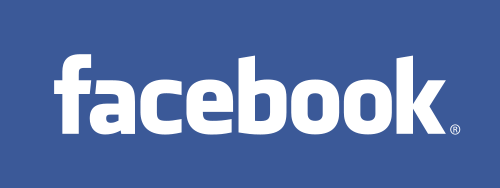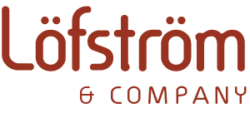In working with entrepreneurs and small businesses, I often find they have some serious problems with their logos and branding graphics. They contact me because they need some help with a website, a brochure, email blasts, blogging, etc., but what they really should do first is fix their corporate identity.
If the corporate identity is really bad, then creating a new website, featuring that branding, is like painting rotten wood on a house. It looks better for a while, but pretty soon the rot is again showing through. Here are my top six branding mistakes:
Home-made logos
When you’re just getting started, paying for someone to develop a professional logo and branding seems incredibly expensive. And surely you can pay $25 or so for a logo software program and do-it-yourself. Or why not pay an online company $150 or so “to create the best logo possible.” Too often you truly get what you pay for, and that ain’t saying much!
Use of cliché stock art
Everyone now knows how cheaply you buy stock art on the Internet. So obtain some cheap online art of a globe, or a bar chart, or an arrow, or a puzzle piece, or a leaf, or an oak tree. You’re golden now, you’ve got an instantly recognizable form that says your company is global in its service area, builds sales volume for its customers, is solid like a hundred-year-old oak tree, solves puzzles, etc. Unfortunately, those shapes are overused and have become cliché.
Meaningless taglines
How often have you seen a tagline for a company that doesn’t mean anything? Sony has a tagline of “Make. Believe.” It doesn’t tell us what the company does, how the company is different from competitors or what it stands for. It’s rather meaningless. If you can take a tagline and use it for any other company, then it doesn’t have much punch. How about, “General Motors. Make. Believe.” It’s equally meaningless for the auto industry. A company’s tagline should be a memorable phrase that concisely captures the essence of your company’s business purpose or value proposition. It should complement and reinforce your company name and logo graphics. I’m a pragmatist when it comes to taglines. I really think they should relate to what you do, how you do it and be concise (less than 10 words).
Poor color scheme
Blue is my favorite color. I would like to have a logo and website featuring the color blue. Roughly half of the people say blue is their favorite color. About half of all contact lenses sold are tinted blue. So guess how unique having blue in your branding colors is? Not very. Actually, the mistake I see most often is choosing dark colors, often 2 of them to be the branding colors. Black, when combined with dark green, dark or medium blue or gray can be problematic with logo graphics. They are too close together in the color palette and can be a bit gloomy.
Too complex

Overly complex logos can just be too busy to efficiently communicate your brand. Watch out for lots of swirls and multiple images, an excess of embellishments, odd shapes or patterns. You can easily overload the audience with too much visual stimulation. I once tried to help an entrepreneur who was starting a home inspection business. He had a satisfactory name for the company, and my art director came up with a simple, smart graphic representation of a house. The client kept asking for more details for the graphic. Shouldn’t we have a door? What about windows? Pretty soon the simple graphic was overloaded with details!
Perplexing font choices
The font used for a business name is critical. It must be easy to read. Don’t make the audience squint to figure out the name of your business. The font should reflect the personality of the business, yet be appropriate for the industry and target audiences. Some of the best brands just use the font and minimal graphics. Facebook, for example, uses all lower case characters in a simple and recognizable manner.
Poor branding can result in catastrophic outcome, or at least hamstring a business until it corrects the branding. Your branding graphic should be:
- Simple – easy to read/interpret.
- Memorable – sticks in people’s minds.
- Professional – not amateurish or home-made.
- Unique – not confusable with another organization’s brand.
- Timeless – think Coca Cola.
- Versatile – can the branding graphics be used in a variety of mediums?
- Appropriate – can the audience relate to the brand?
I’ve stated my opinions on branding and logos. What say you?

